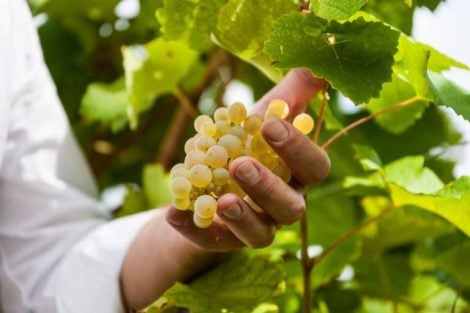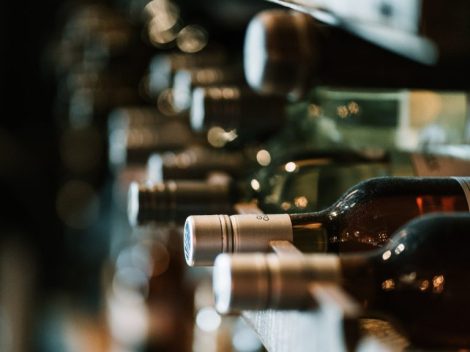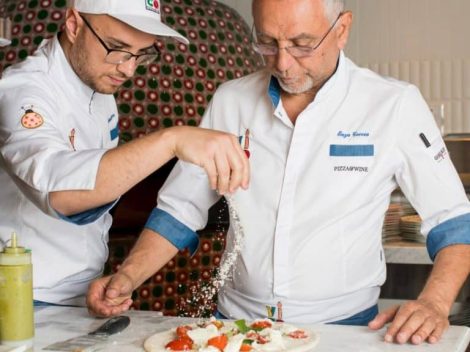by Giovanni Caldara
Only after experiencing a thrilling and unusual menu does one of Tuscany's top restaurants, Linfa in San Gimignano (SI), which has earned two forks in the Gambero Rosso Italian Restaurant Guide, appear in a different light. When the dessert served by chef Vincenzo Martella showcases one of the most intriguing paths taken by haute cuisine today, you'll understand. That Migliaccio della Valdera is a very special dessert, which fittingly concludes the "Quinto Quarto" journey—"a menu dedicated to the most ancestral and authentic Tuscany," as it is presented. It is accompanied by another unusual pairing, a "remedy" prepared by sommelier Cesario Delle Donne: warm sake with all the alcohol evaporated.
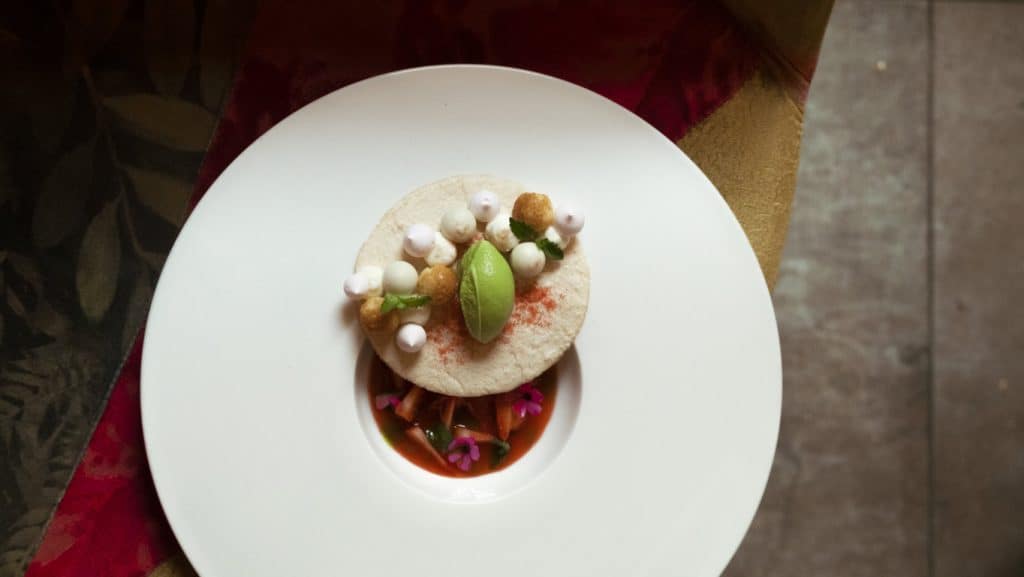
An offal dessert
That sort of crepe dusted with anise, cinnamon, and powdered sugar, served with panforte ice cream and a milk and bread mousse, could easily pass as a (classy) dessert, especially with the non-alcoholic pairing that emphasizes its anise notes. However, it is the pork roast base that inevitably draws attention. At Linfa, offal is serious business and is viewed as culture, starting with the main characters of our story who dedicate endless energy to it—even naming, quite uniquely in the panorama of top Italian restaurants, an entire menu after it.
The Migliaccio alla Volterrana
Chef Vincenzo Martella, born in Salento in 1977 and living in Tuscany for 15 years, explains: "I learned the base of this recipe from a 96-year-old woman from Volterra, where I live. She is the great-grandmother of a friend of my son who once asked if I knew the recipe for Migliaccio alla Volterrana, adding, 'I'm the only one left who knows it because all the other women who made it have died.' She was happy to share it with me. Of course, it had no measurements because what she taught me was more the process. This migliaccio is not made with pig's blood but with broth from pig's feet and ears, to which stale bread and old biscuits are added, along with fennel seeds, orange peel, and juice, then some flour to achieve a crepe batter consistency. It took several attempts at home and the elderly woman's approval to perfect it. At Linfa, I give it a gourmet twist by serving it with ice cream and a mousse, but the dessert, like the entire menu, remains an ode to using all scraps."
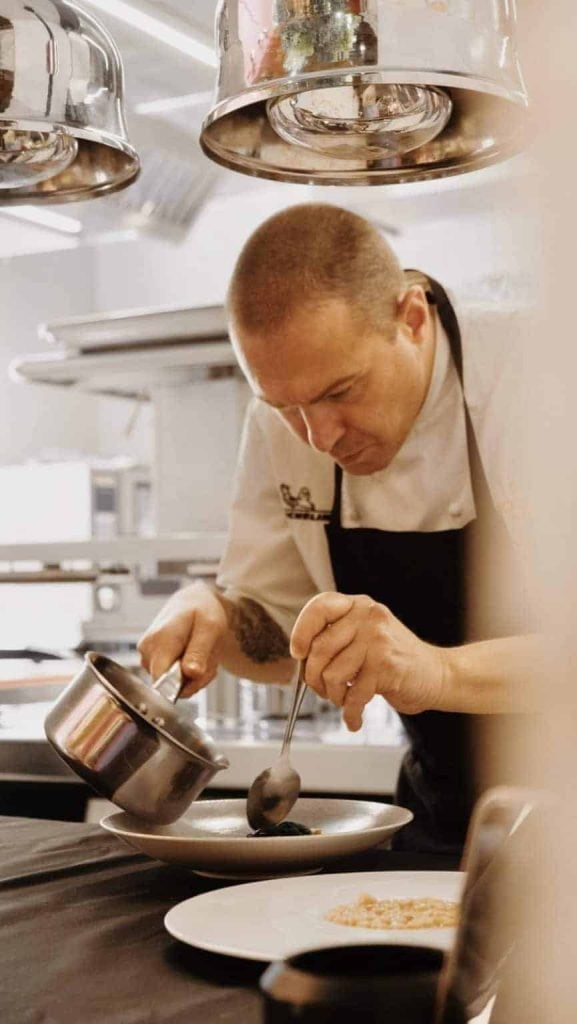
Offal: a family history
Chef Vincenzo also fondly recalls another grandmother, Pasqualina from Puglia, who taught him the value, and taste, of offal: "Her approach was archaic, with a quasi-pagan reverence for the land. Liver was given to me for strength, and brains for intelligence. If there was no fish at home, we ate only offal: sweetbreads, heart, or my grandmother's tripe kidneys, which remain one of my foundational dishes, even better than Davide Scabin's." It is not surprising that the young and penniless Vincenzo Martella, while studying Food Science at Tor Vergata University in Rome, mostly cooked chicken hearts and gizzards. Even now, when he goes shopping with his children, Natan and Aaron, aged 6 and 11, he pays no attention to their unusual request: "Dad, can we have brain nuggets tonight?"
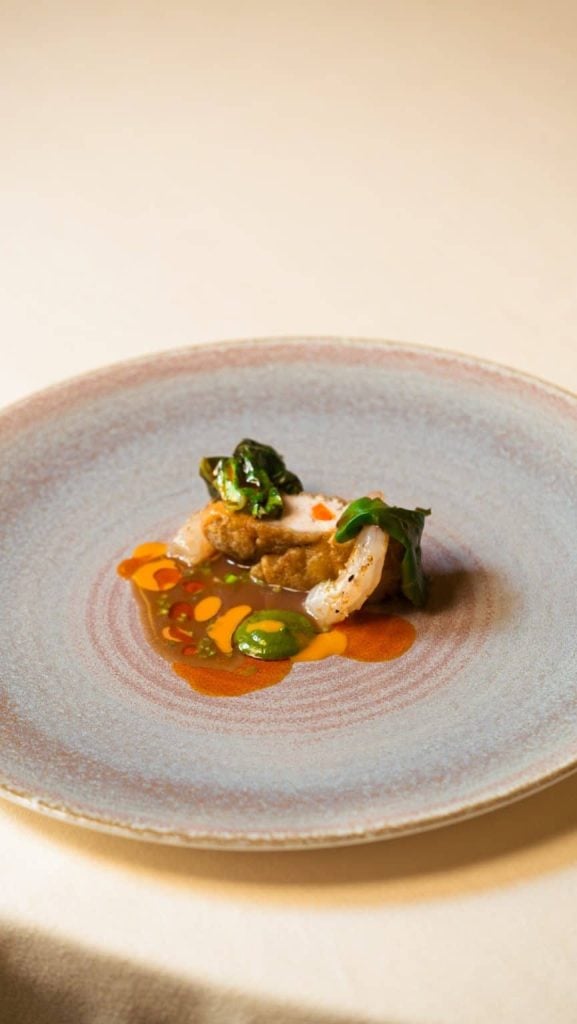
A raw material that fears no comparison
Linfa's "Quinto Quarto" menu (available only by reservation and offered at a substantial price of 120 euros per person) underscores the significant effort dedicated to it in the kitchen and the dignity given to this raw material, which is never considered inferior to the most esteemed ingredients. "For the staff menu," explains chef Vincenzo, "we don't serve red meat, but rabbit and chicken. However, I reserve their offal exclusively for customers because I consider it the noblest part."
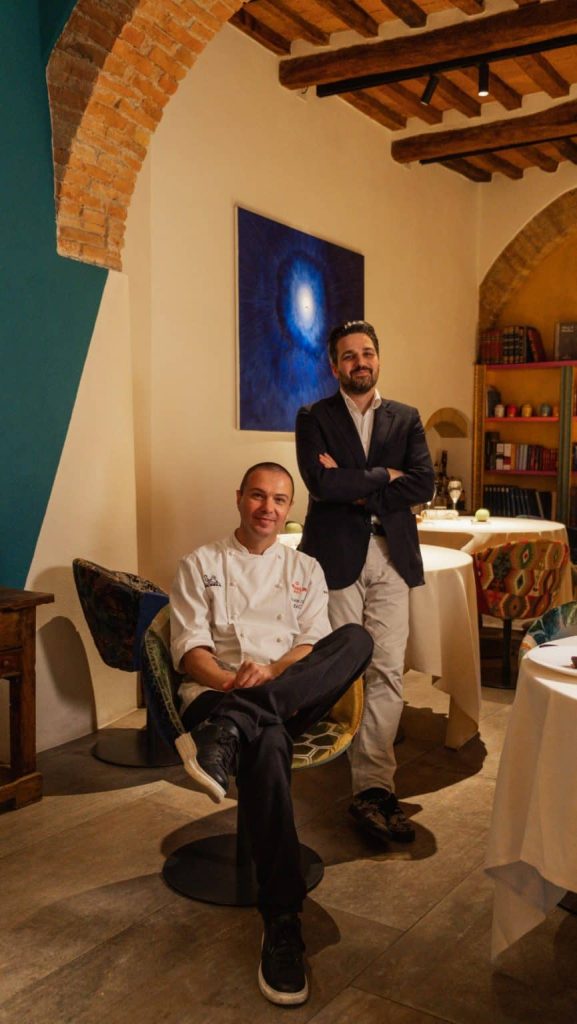
The magic on the plate is born from the secret alchemy between the people working there, beautifully framed in a restaurant like Linfa, housed in an ancient palace in the heart of the wonderful Tuscan town, adorned with contemporary art according to the refined taste of patron Lorenzo Di Paolantonio. This creates a delightful "old and new" contrast, with a 12th-century wine cellar boasting over 1100 labels. However, it is the cellar master, Cesario Delle Donne, a 38-year-old sommelier and taster from Salento like the chef, who makes the difference with his "Combination of Remedies," non-alcoholic pairings designed to accompany the extraordinary menu in an unusual but effective way.
An education from Salento
Cesario's inspiration also stems from a family environment where offal has always been a vital presence and a source of countless stimuli. He continues: "My grandfather Cesario, whom I am proud to be named after, would secretly let me wet my lips with wine. I was six years old, and that's where my wine education began—I have never been drunk in my life. At 14, I started working in bars in Torre dell'Orso, the pearl of Salento, and haven't stopped since. My grandmother Maria's example was crucial for these remedies; whenever she prepared offal, she gave us mutton or chicken broth—the leftover cooking water."
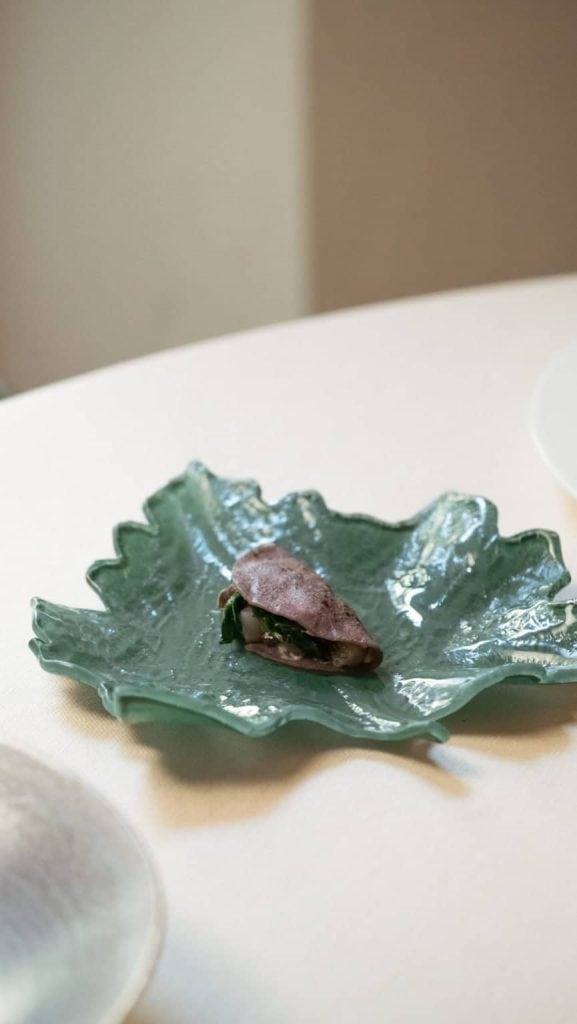
Gourmet offal
Thus, a menu with its pairing, dressing a humble raw material in a gourmet attire, does not intend to hide its popular origin but rather emphasizes the need to consider offal as a full-fledged protagonist in haute cuisine. After a welcome with panforte made from chicken livers and hearts and another with rooster combs, we will taste lamb offal wrapped in pork crepinette and grilled, embellished with a touch of caviar and served with cold mutton broth flavored with basil, rosemary, and non-alcoholic beer.
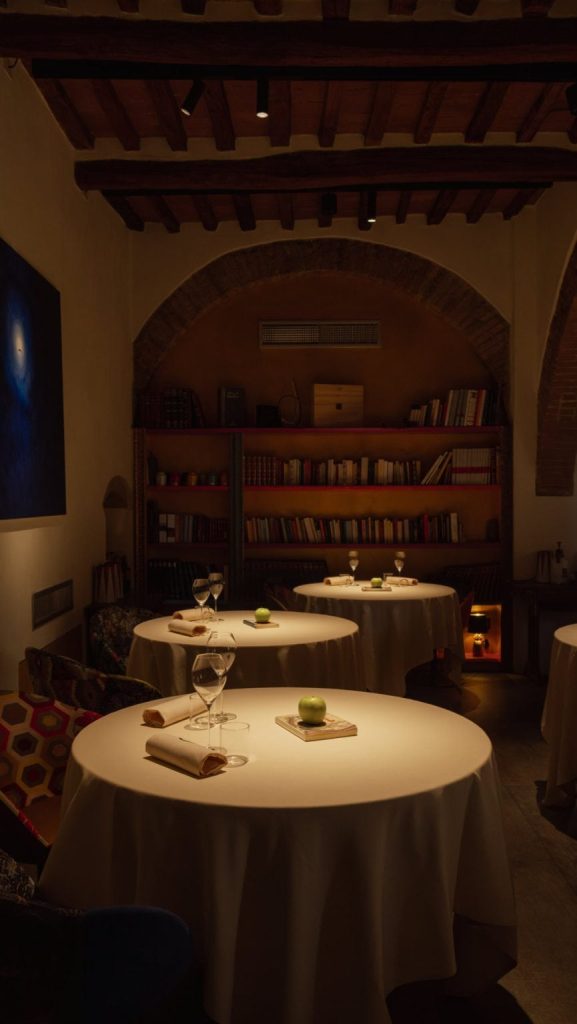
Unbridled creativity
An excellent first course like pappardelle with rabbit livers and kidneys lives off the miraculous balance between the meaty, bitter notes of the meat, the acidic notes of Marsala vinegar, and the sweet notes of baked apricots. A delicate vegetable broth infused with rosehip and mint will cleanse the palate after this succulent dish. There will be potato tortelli with lampredotto ragout, as well as veal brains sautéed in butter and served with horseradish and lampascioni. Curiosity becomes inexhaustible, just like the creativity that supports it when it runs along the less-trodden paths of taste.
Ristorante Linfa - piazza S. Agostino 19/A, San Gimignano (SI)

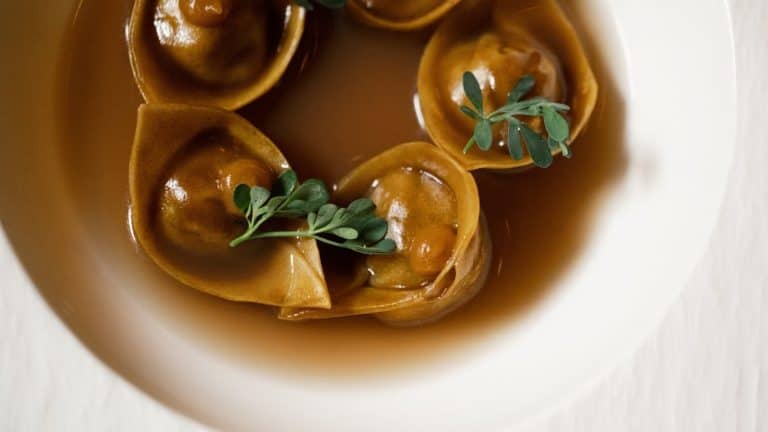
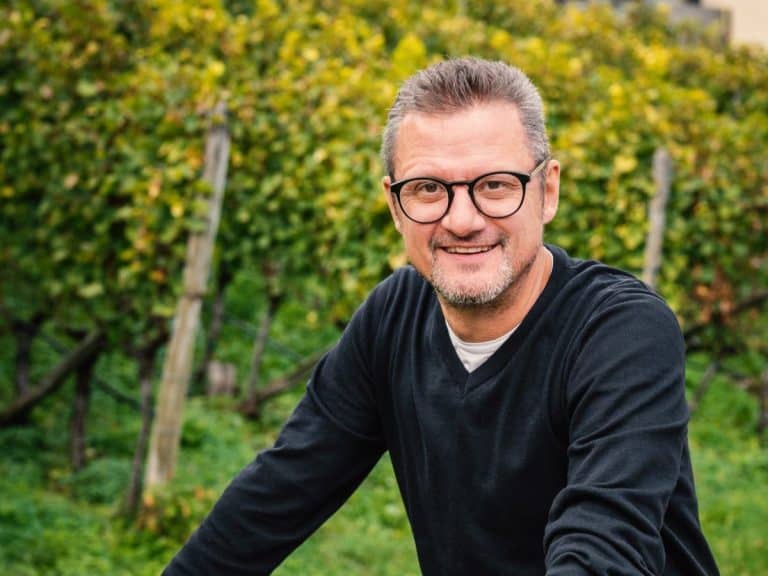 Non-alcoholic wines? Call them what you want, but they’re still a derivative of wine.” An Interview with Martin Foradori
Non-alcoholic wines? Call them what you want, but they’re still a derivative of wine.” An Interview with Martin Foradori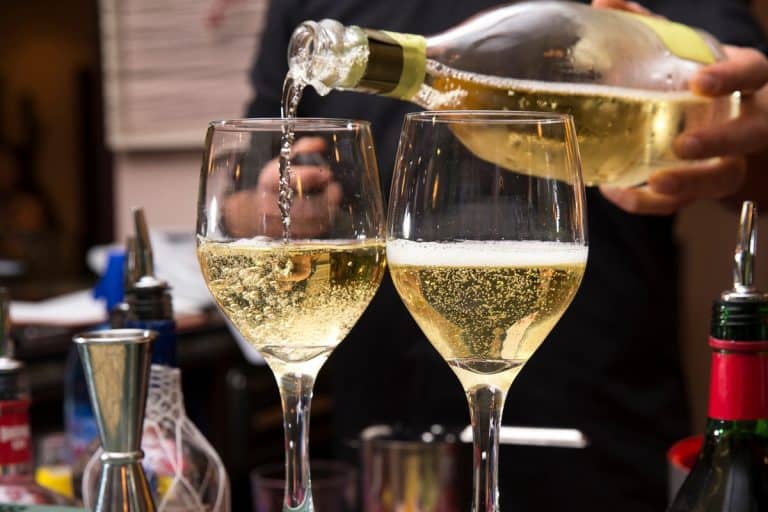 The 8 best Trentodoc wines chosen by Gambero Rosso
The 8 best Trentodoc wines chosen by Gambero Rosso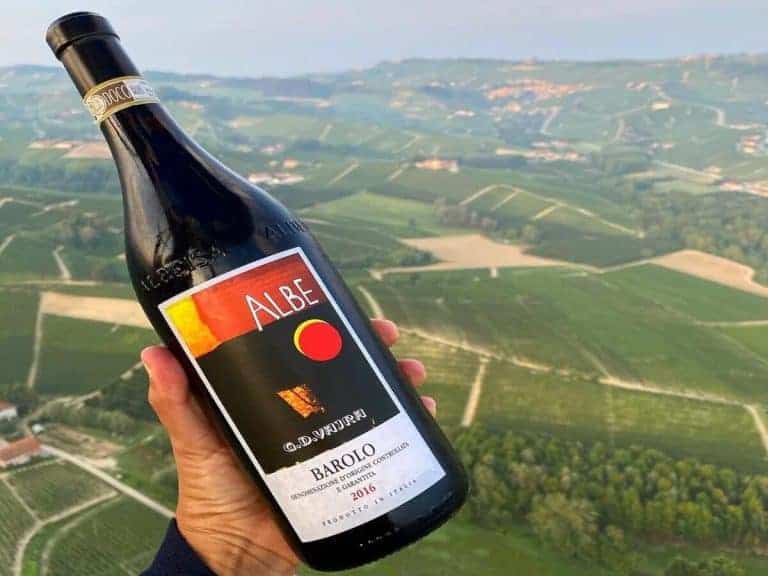 A Piedmont wine enters the top ten of Wine Spectator's "Top 100"
A Piedmont wine enters the top ten of Wine Spectator's "Top 100" Sparkling wines surpass still wines in Italian out-of-home consumption. Most popular during the aperitif
Sparkling wines surpass still wines in Italian out-of-home consumption. Most popular during the aperitif American Barbecue wins a Michelin star for the first time in history
American Barbecue wins a Michelin star for the first time in history